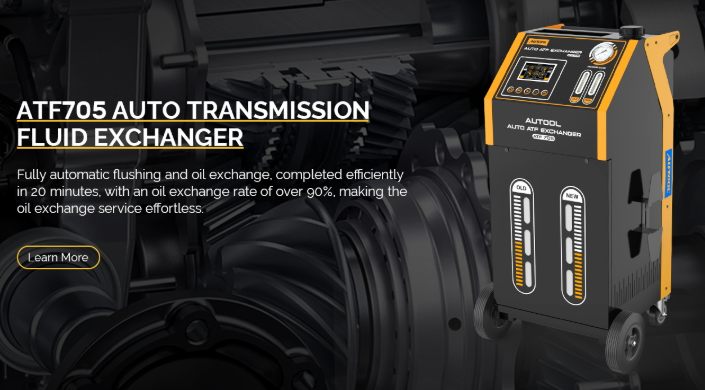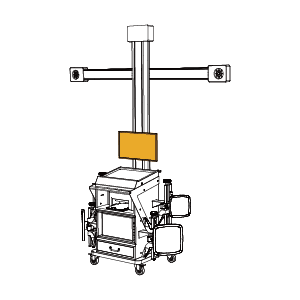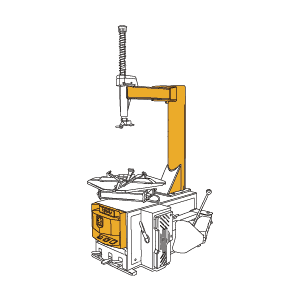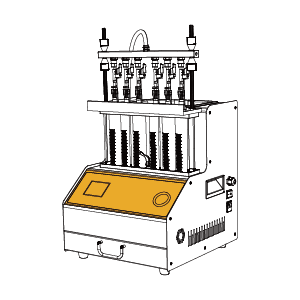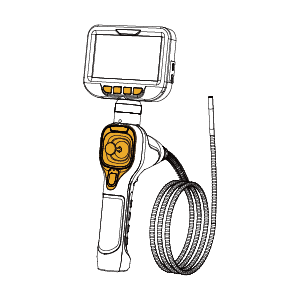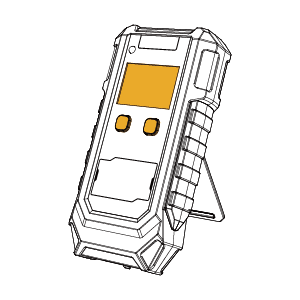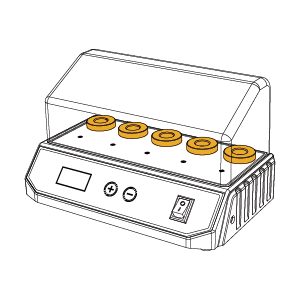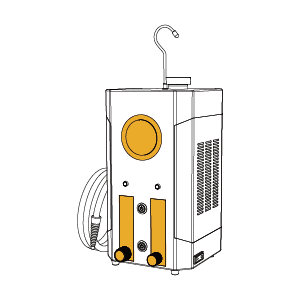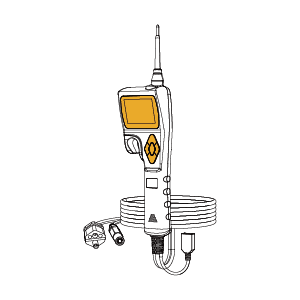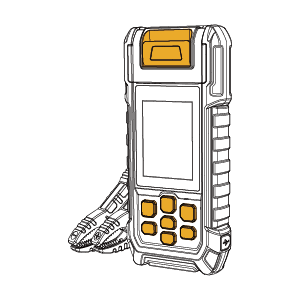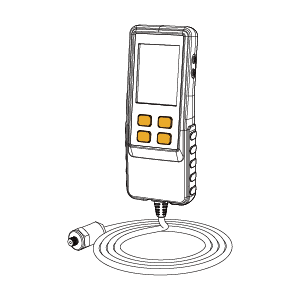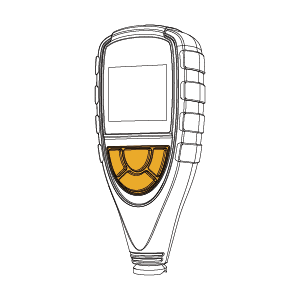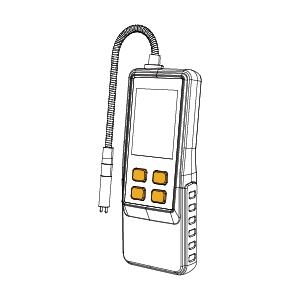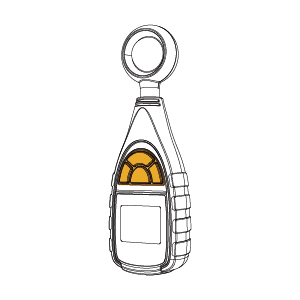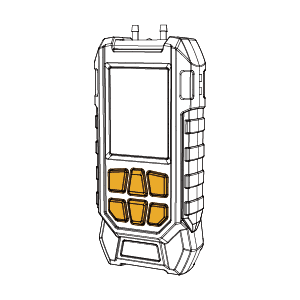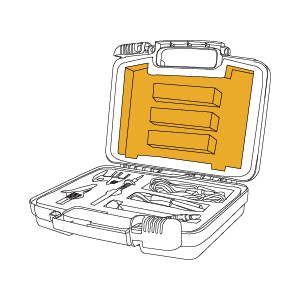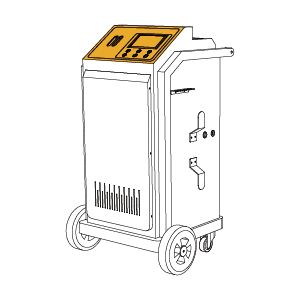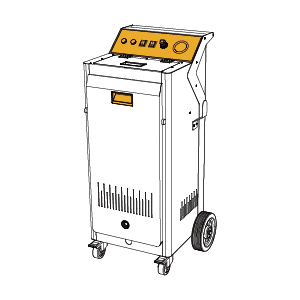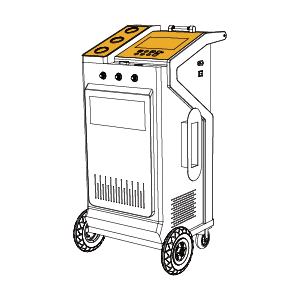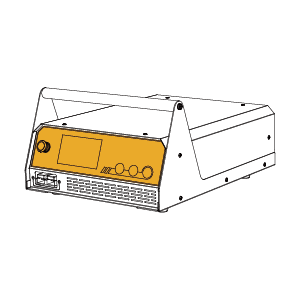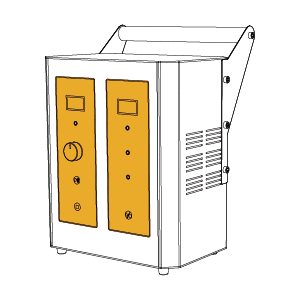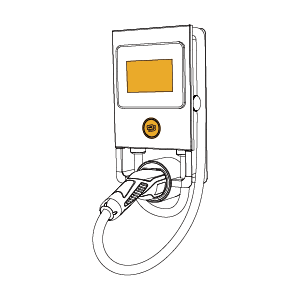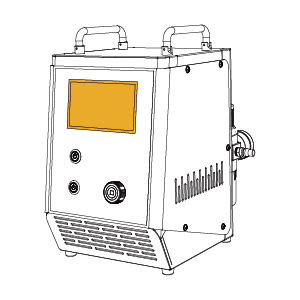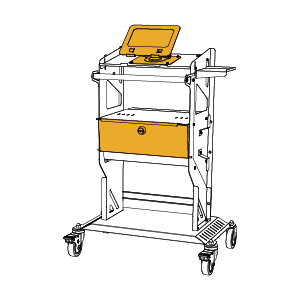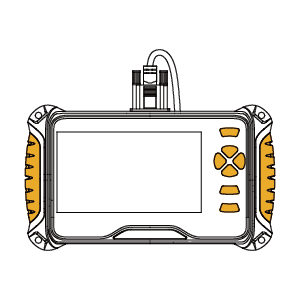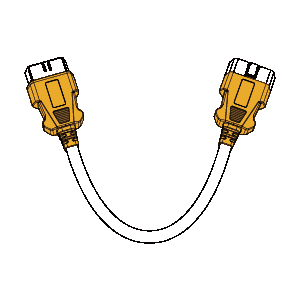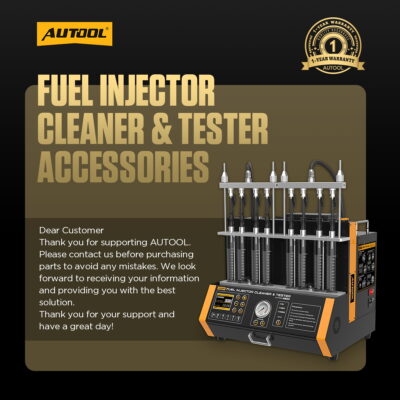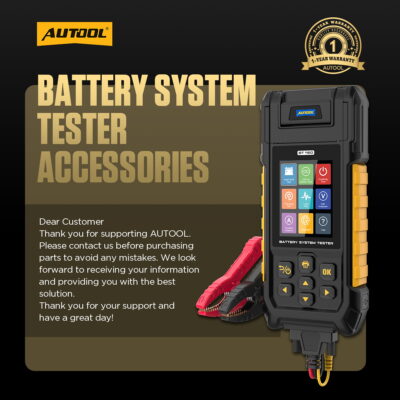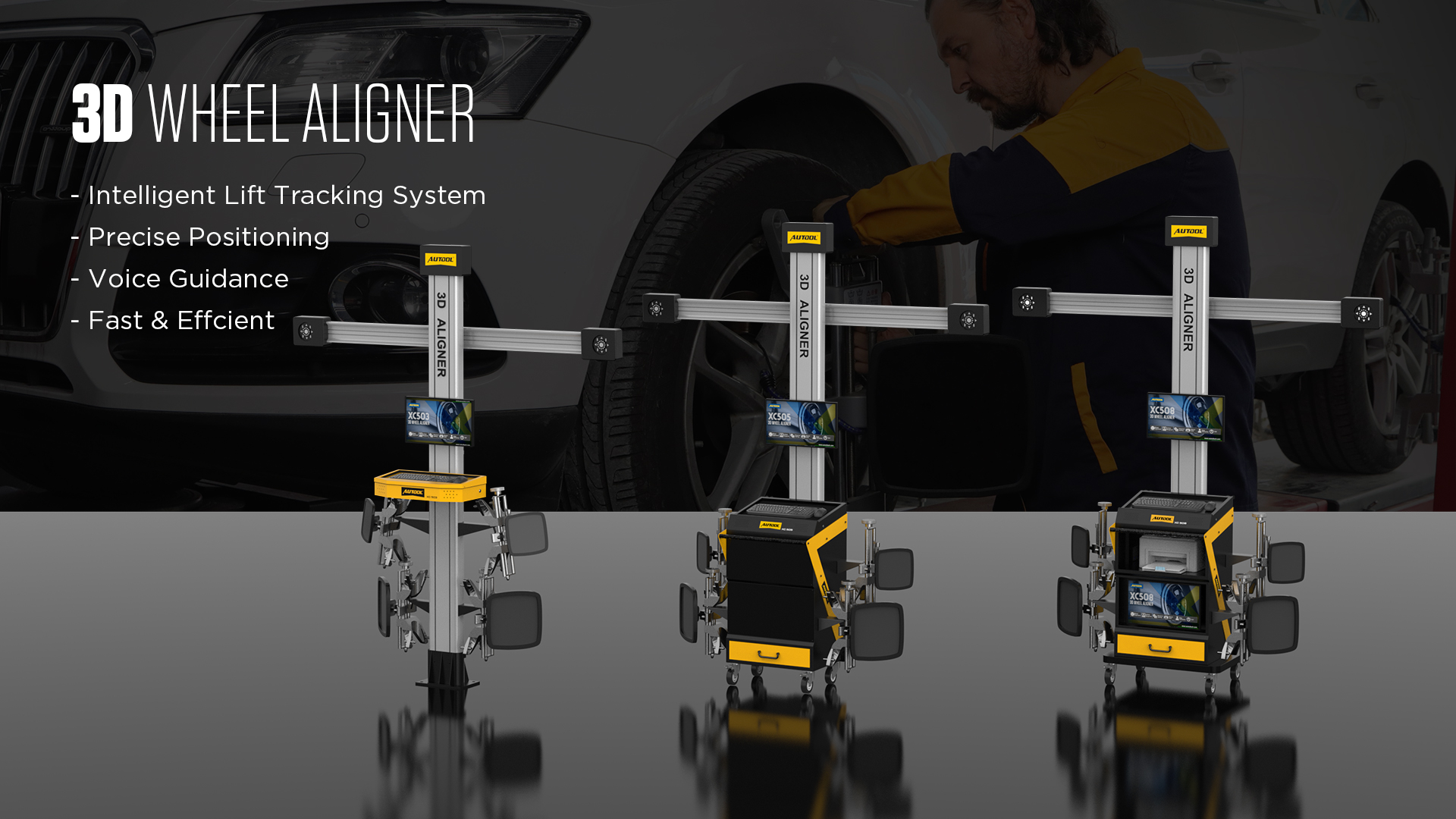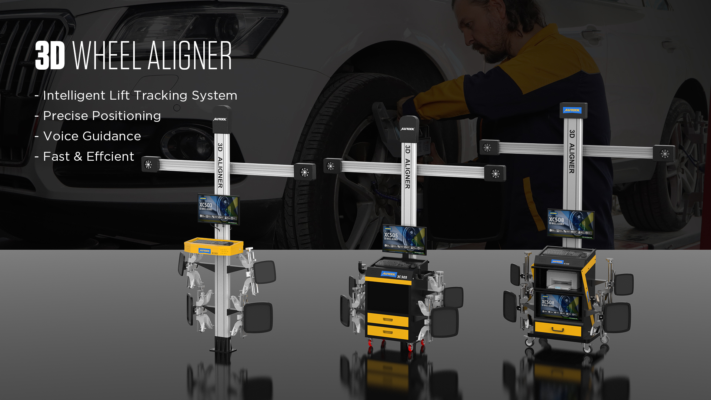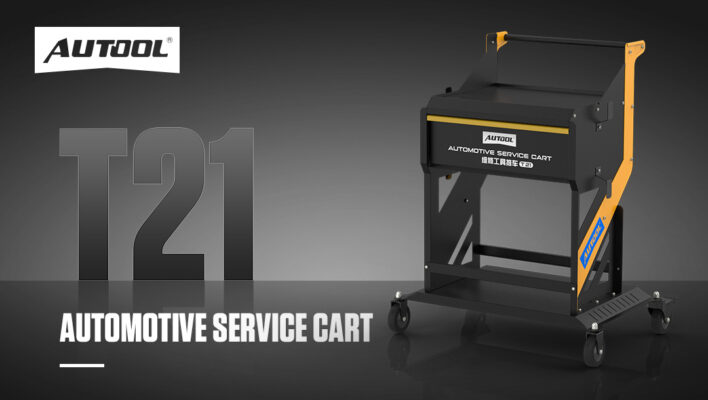Product Presentation
Automotive Battery Charging and ECU Programming Stabilized Voltage 2-in-1 Machine-AUTOOL EM Power Inverter
Are you a diagnostic expert? Every professional workshop needs a reliable power supply for programming services and charging. Automotive ECU programming, module reprogramming, and diagnostics are critical procedures. To ensure accurate data transmission during programming, protect the vehicle’s Electronic Control Unit (ECU) from hardware damage, meet automotive manufacturers’ safety and quality standards, and avoid issues such as data verification errors, maintaining a stable voltage during programming is essential. This article will share how to stabilize voltage during programming! Introducing the AUTOOL EM385 — the latest essential equipment for preventing ECU damage caused by voltage fluctuations during the repair, diagnostics, and programming of modern vehicle ECUs!
Why is voltage stabilization needed in automotive diagnostic programming?
1. Protect the Safety of the Vehicle’s ECU System: The ECU is the core component of a vehicle’s electronic control system. If the voltage is too high, it may cause overvoltage damage to internal components such as chips and transistors. If the voltage is too low, the ECU may fail to operate properly. Additionally, unstable voltage during programming may result in data errors or failed program writing. A stable voltage supply effectively prevents these issues.
2. Ensure Accuracy in Diagnostics and Programming: Stable voltage guarantees the integrity of data transmission. During diagnostics and programming, large volumes of data are exchanged between the diagnostic tool and the vehicle’s electronic system. A consistent voltage level ensures signal stability and integrity, preventing transmission errors or data loss caused by voltage fluctuations. For example, when programming an engine control unit, voltage instability could lead to incomplete or incorrect code writing, which may impair engine performance and fuel efficiency.
3. Comply with Technical Standards and Ensure Compatibility: Vehicle control units often consist of equipment from various manufacturers. Stable voltage helps maintain compatibility between these different systems and ensures compliance with industry specifications.
What will happen during the programming of an ECU if the battery voltage drops too low?
1. Programming Failure: If the car battery is too low during ECU programming, the large volume of data being transmitted may be interrupted. This can result in data loss and the ECU failing to function properly.
2. ECU Damage: When the battery voltage is lower than the ECU’s operating voltage threshold, the ECU may fail to work due to insufficient power supply and may even damage its internal circuits.
3. Decreased Vehicle Performance: Low battery voltage can lead to a decline in overall vehicle performance—such as reduced climbing ability or slower acceleration. It can also cause malfunctions in key safety systems like airbags and ABS (Anti-lock Braking System), which require highly stable voltage. Critically low battery voltage may even pose safety risks.
4. Battery Damage: If a car battery remains in a low-voltage state for an extended period, it can accelerate aging and significantly reduce its service life. In severe cases, it may cause irreversible damage to the battery itself.
In summary, whether during automotive programming and diagnostics or routine maintenance of the vehicle battery, we need not only a stable voltage but also a tool that can charge the battery and to some extent restore its condition. The latest AUTOOL EM series automotive inverter programming power supply products are your best choice!
What kind of battery do you have in your car? Is it capable of rapid charging and reconditioning?
The EM automotive inverter programming power supply is compatible with various types of batteries, including standard lead-acid batteries, AGM flat plate batteries, AGM spiral batteries, GEL batteries, EFB batteries, LFP batteries, and NCM batteries.
The AUTOOL EM diagnostic inverter programming power supply offers multi-level intelligent charging, dividing the charging process into three stages.
Stage 1: Pulse low-current charging, gradually increasing charging power to optimize battery charging efficiency.
By charging periodically with short pauses, the battery has enough time during the charging process to balance its chemical reactions, improving charging efficiency; this charging method can also effectively reduce internal battery polarization.
Stage 2: High-current fast charging, quickly switching to a high-power charging mode to improve charging efficiency and enable rapid battery charging.
While quickly increasing the charge to 80% capacity, the chemical reaction rate inside the battery is relatively fast in this charging mode, and the energy conversion efficiency is high.
Stage 3: Trickle charging. When the battery is nearly fully charged, the system automatically switches to trickle charging mode and stops charging once the battery is full, in order to prevent the risk of overcharging.
Take lead-acid batteries as an example: When the battery is nearly fully charged, the amount of lead dioxide on the positive plate gradually increases, and the sponge lead on the negative plate approaches saturation. If high-current charging continues, a large amount of gas—mainly hydrogen and oxygen—will be generated inside the battery. This is because the excessive charging current causes the electrolysis of water. This not only shortens the battery’s lifespan but also poses safety risks. Therefore, the trickle charging mode can effectively extend battery life, prevent overcharging, and help control the battery temperature during the charging process.
It can not only charge your battery to a certain extent, but also restore it to some degree.
Rated Input Voltage:220V±25%/110V±25%
Rated Input Power:1500W
Input Frequency:50Hz
No-Load Power Loss:6W
Lead-Acid Battery Charging Current/Voltage:40A/12V
Efficiency:81%
Lithium Battery Charging Current/Voltage:20A/12V
Power Factor:0.76
Cranking Current/Voltage:400A/12V
Insulation Grade:F
Programming Power Supply Current:150A
Enclosure Protection Level:IP21S
Programming Power Supply Voltage Range:9-16V
Adjustable Power Supply Current/Voltage:20A/3.0-8.9V 100A/9.0-16.0V
Multi-scenario application. You can use the equipment as a power supply at auto shows, allowing users to experience all aspects of the vehicle’s performance. The powerful forced start mode can provide a 400A high cranking current. In extremely cold winter areas or when the vehicle cannot start due to low battery voltage, the AUTOOL EM365 inverter programmed power can provide forced start support for vehicles with engine displacement below 3.0T, making starting easy.
Multi-scenario application. You can use the equipment as a power supply at auto shows, allowing users to experience all aspects of the vehicle’s performance. The powerful forced start mode can provide a 400A high cranking current. In extremely cold winter areas or when the vehicle cannot start due to low battery voltage, the AUTOOL EM365 inverter programmed power can provide forced start support for vehicles with engine displacement below 3.0T, making starting easy.
This is a great article! Please subscribe to get more updates!

